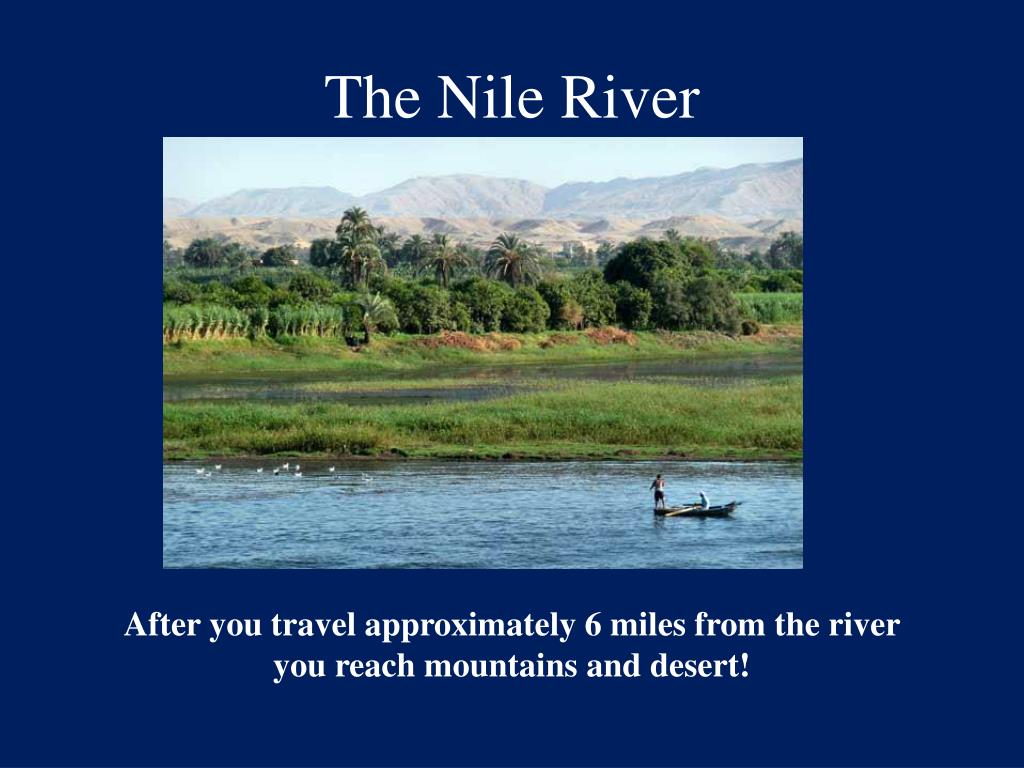

God used Moses and Aaron to bring about this plague. tributary noun stream that feeds, or flows, into a larger stream. The Nile river was a life source for Egypt, and so this plague caused absolute disaster across the land. sediment noun solid material transported and deposited by water, ice, and wind. papyrus noun ancient writing material, similar to paper, made from the papyrus plant. I’ve previously written on the Nile here and here.īiblical Resource Site by Ferrell Jenkins Nile River noun (5,592 kilometers/3,473 miles) river in East Africa. The Nile River makes life in Egypt possible, both in ancient as well as modern times. “Now when they had gone, behold, an angel of the Lord appeared to Joseph in a dream and said, “Get up! Take the Child and His mother and flee to Egypt, and remain there until I tell you for Herod is going to search for the Child to destroy Him” (Matt. The hieroglyphic name of Egypt is Kam, 'black.' Egyptians distinguished between Hapi-res, the 'southern Nile' of Upper Egypt, and Hapi-meheet, the 'northern Nile' of Lower Egypt. While a young child, Jesus, along with Joseph and Mary, were told to leave Bethlehem (where Herod would seek to kill them), and flee to Egypt. Shihor, 'the black river,' is its other Bible name, Greek Melas or Kmelas, Latin Melo, darkened by the fertilizing soil which it deposits at its overflow (Jeremiah 2:18).

As the book of Exodus opens, Israel is already a numerous people, and the new pharaoh of Egypt felt he had to take oppressive measures against them (Ex. God told Jacob, father of the twelve tribes of Israel, that He would make of him a great nation in Egypt (Gen. The land of Egypt has great significance for the biblical narrative. Within the Nile Valley the river is fairly constant at about six-tenths of a mile in width, whereas the valley varies from six to nine miles across (p.705). (Because the Nile flows from south to north, the southern Nile valley is referred to as Upper Egypt.) From here on the Nile flows north in a well-developed valley with cliffs on either side almost as far as Cairo, and the river becomes important for its overflow and the hydraulic irrigation of the adjoining floodplain. The last cataract is at Aswan, the beginning of the Nile Valley proper. Beyond Khartoum the Nile flows through several cataracts, inhibiting navigation but not preventing it. The two major branches, the White Nile (from Lake Victoria) and the Blue Nile (from Ethiopia), merge at Khartoum, with one modest tributary somewhat farther to the north and none at all in Egypt itself. The great river of Egypt flowing north from its sources in Lake Victoria in Uganda and in the highlands of Ethiopia, a distance of 4,037 miles, the entire length of the Sudan and Egypt, to the Mediterranean. In many ways, Jesus represented a new exodus and He is the one greater than Moses (Hebrews 3).These folks in the two boats in the photo had either been fishing or were about to go, as they had fishing nets with them.įrom Harper’s Bible Dictionary we have this info on the Nile: Both had a public ministry that brought people from bondage to freedom. The Egyptian name was Hopi, later Yer-‘o, ‘Great River,’ but the Hebrew generally designates the Nile by the plain Egyptian word for ‘river,’ Ye’r. Both lived as immigrants in a land not their own. The Greek name of the river, of uncertain derivation. Both miraculously escaped death as an infant. Both were born during a time in which the Jews were under oppression. This is one of many ways Jesus reflects the life of Moses. This child, raised with the benefits and support of Pharaoh's own household, is Moses, the man chosen by God to lead Israel's exodus from Egyptian bondage (Exodus 2:1–10). One of the boys born to a Hebrew family will be hidden in a basket in the Nile, and found by the Pharaoh's own daughter. Ironically, this very command from Pharaoh will frame the life of the man who will lead Israel out of slavery. He commanded the death of all male children two years and younger in the city (Matthew 2:16–18). King Herod sought to kill the baby Jesus to remove any threat of another king. The only other place the Bible notes a similar act was following the birth of Jesus in Bethlehem. He essentially decreed for the mass genocide of all infant Jewish males. Every newborn Israeli son was to be thrown into the Nile River. Now Pharaoh expands his command to "all his people," or all the Egyptians.

Pharaoh's first command regarding infanticide was limited to the midwives (Exodus 1:16).


 0 kommentar(er)
0 kommentar(er)
